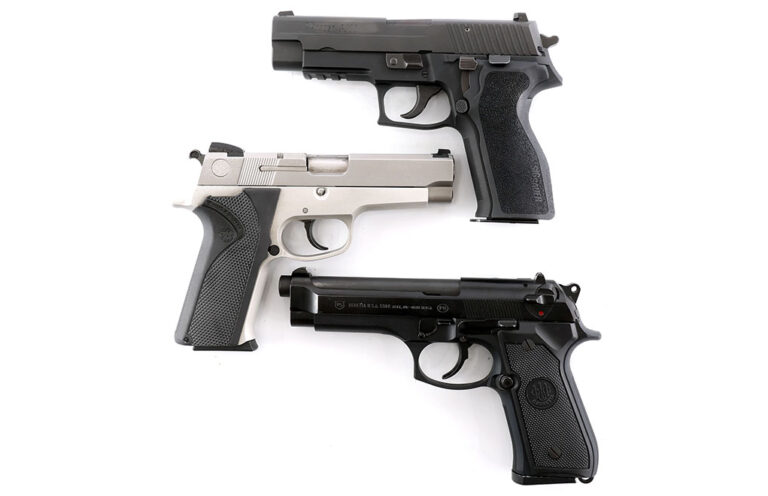
A look at three semi-old school, middle-aged pistols that still work great for self-defense.
When it comes to home defense, you don’t have to have the latest, hottest polymer blaster. You don’t need ultra-compact nor something eminently concealable. You don’t even need something new to the market. You can go old school—at least by today’s standards.
I offer up for your consideration three potential pistols that you might see languishing in your local gun shop display case, unloved because they aren’t new: the Sig P226, the Beretta 92 and the whole series of S&W M59.
Sig P226
This is a full-sized 9mm pistol with a generous magazine capacity, one that first saw the light of day back in 1985 as part of the U.S. Service Pistol trials. A collaboration between Sig and J.P. Sauer & Sohn, it ended up losing to the Beretta, but that’s another story that’s best told at another time. Despite not being adopted as the official U.S. sidearm, it was adopted by Naval Special Warfare, aka SEALs, for their use. So, you’ll get a lot of “used by SEALs” when you look at one in a gun shop or shoot it at the range. This also will keep the price up a bit for a non-polymer pistol now approaching middle age.
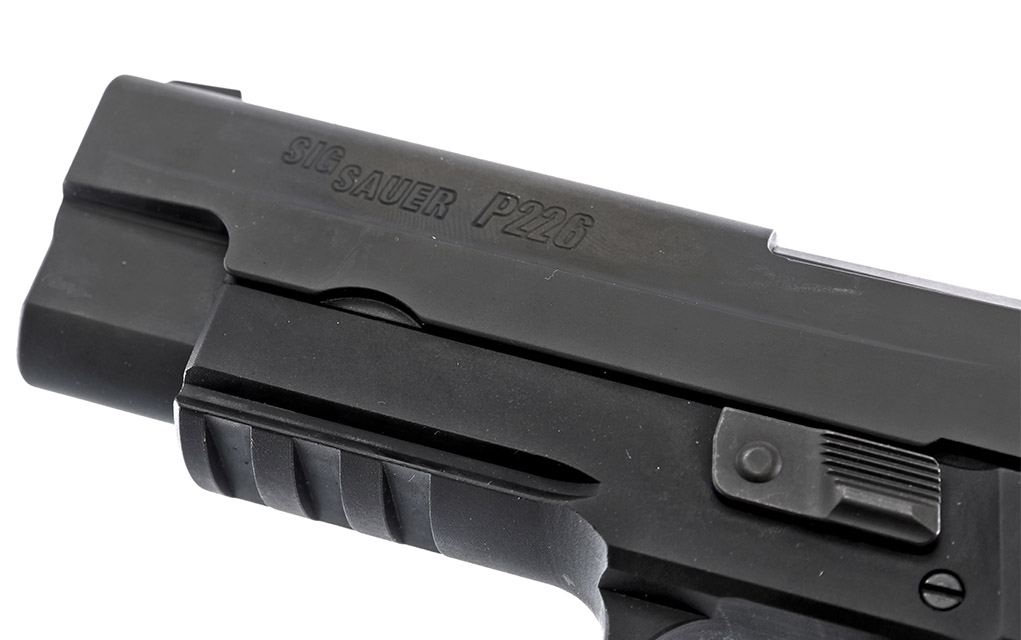
The action is a hammer-drop double-action design. That means you can fire the first round by using the trigger or thumb-cocking the hammer. If you don’t want to fire (once you’ve loaded or changed your mind), then you use the lever on the left side of the frame to safely decock the hammer. There’s no thumb safety. In this regard, the P226 operates just like a revolver: If you do not want to fire it, you do not press the trigger. And the DA trigger stroke is long enough that it’s unlikely to be inadvertently fired, as long as you keep your finger off of the trigger.

The Sig P226 advantages are a very comfortable grip shape and smooth DA trigger stroke. The disadvantages are the bore axis being a bit higher than the others, although that’s much more a competition consideration than a defensive one, and the sustained higher cost due to its panache as the weapon of SEALs.
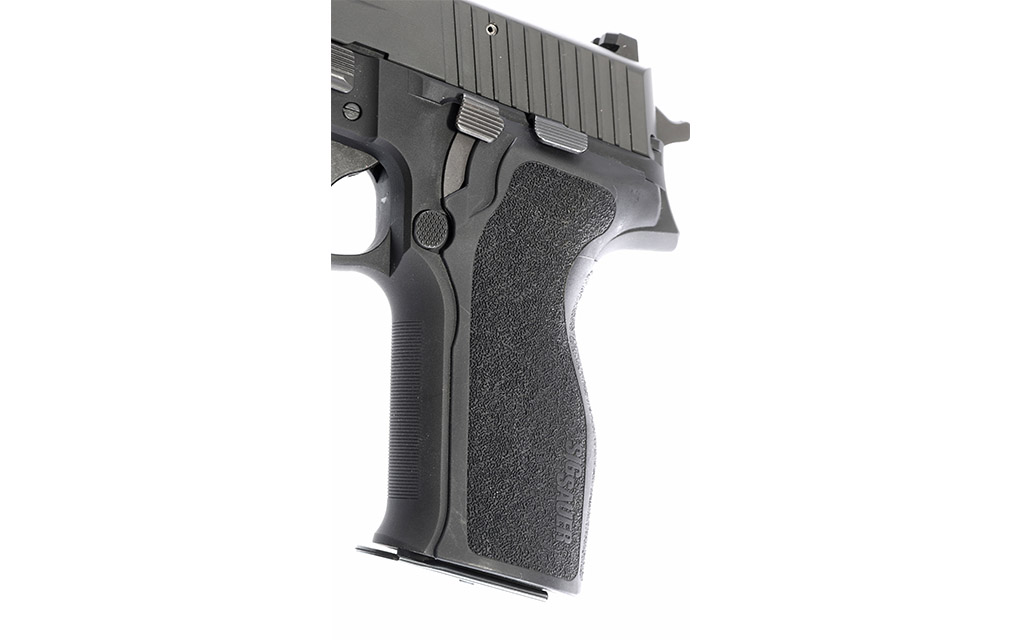
Beretta 92
The Beretta became the service sidearm in the mid 1980s, replacing the 1911A1, and has been used (and loved and hated) by several generations of servicemen and women ever since. As a design predating the Glock, it also uses an aluminum frame (all three of these pistols do, with some variants using steel frames) and a double-stack magazine. The 92 has an open-top slide, so the very idea of brass failing to eject is simply not a thing.
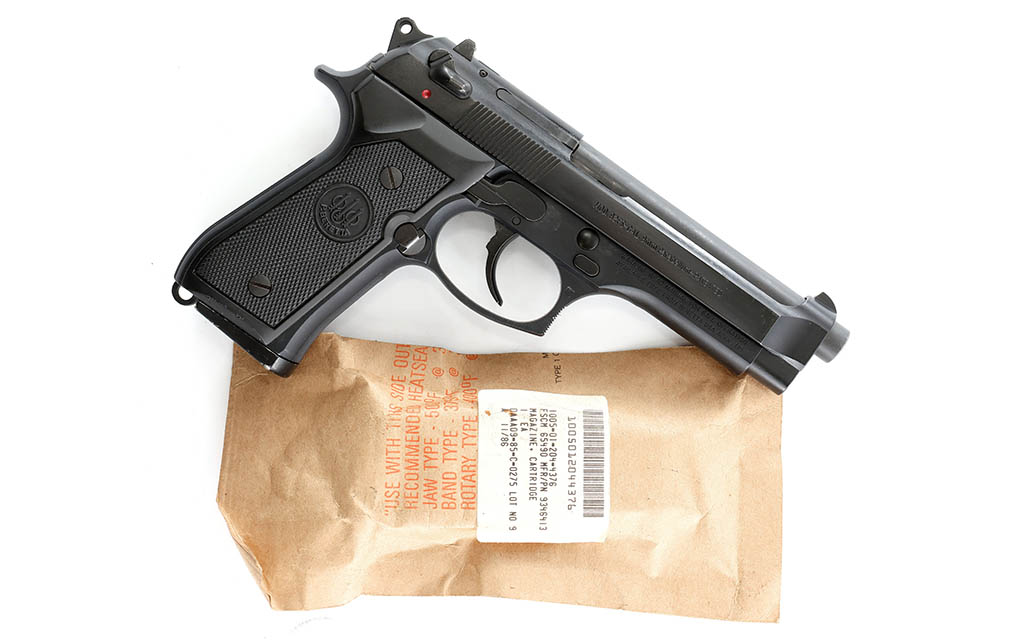
The 92 safety is mounted on the slide and differs from the Sig in that it’s both a hammer-dropping safety and a safety. That is, on the main variants (the M9 and the standard 92) when you press the safety lever down to decock, it does that, but it also stays down and, while in the downward position, prevents the 92 from firing. In some variants, the safety lever is spring-loaded and pressing it down decocks, but when you let go it snaps back up again and isn’t on “safe,” just like the Sig decocking operates.

The advantage of the Beretta 92 is its ubiquity; you can find magazines, holsters and other accessories galore due to it being the military sidearm for four decades. Despite the initial teething problems, it’s ultra-reliable … as long as you ignore the advice to run it dry. Like any other firearm, oil it. One noted disadvantage is that when operating the slide, you have to learn to not inadvertently press the safety down to the safe position.
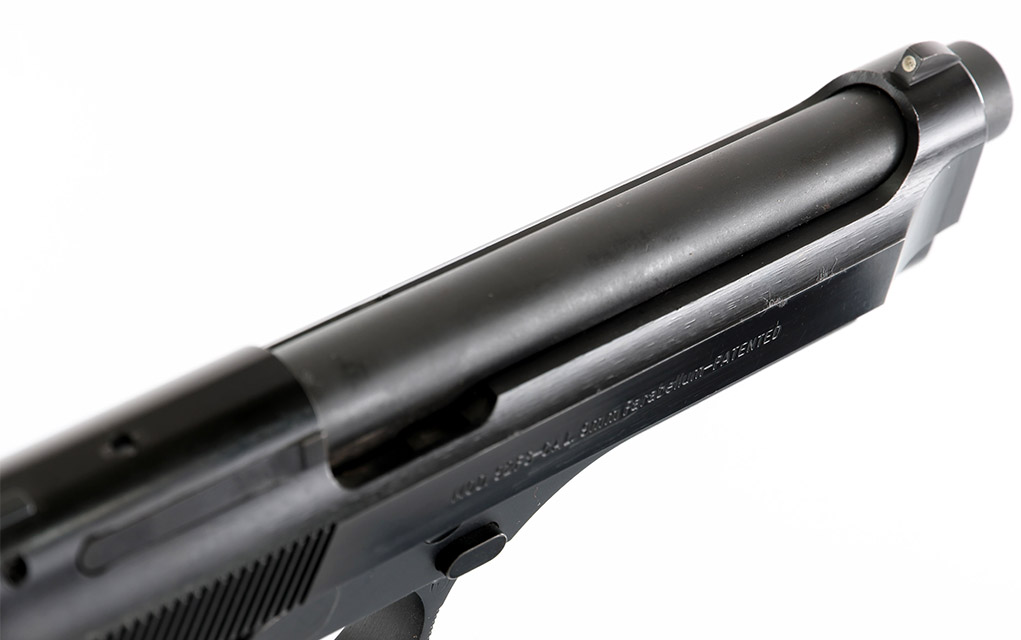
S&W M59
The “59” is a whole series found in multiple generations. The first one appeared on the scene in 1971. It was the evolution of the M39, a single-stack 9mm pistol to a double-stack 9mm pistol holding a then-revolutionary 14 rounds. The safety follows the same pattern as (in fact, probably led, but who was on first is another argument for the future) the Beretta, in that it both drops the hammer and locks the mechanism. You have to press it back up to fire and that can be double action or thumb-cocking the hammer and single action.

The 59 was the first generation; in 1988, the second generation, the 459, came out. That lasted until 1990 when the third generation, the 5906, came out. By this time, S&W offered it in so many variants that they even produced a circular slide rule to show size, caliber, materials (aluminum, carbon or stainless steel), traditional double action, double-action only, decocking, sights, etc. At the time, those of us working in gun shops joked about the “S&W pistol of the week” program they seemed to be on.
By the mid-to-late 1990s, with polymer pistols proliferating, S&W attempted to reduce production costs as much as possible. This led to the M910 and M915 models, both third-gen M59s, but with cost savings in machining and features. They still used the same magazines (the 910, 10-round magazines due to the Assault Weapons Ban of the time) and are just as reliable and accurate as the non-savings models.
As a result, you could devote your time as a collector to just M59 variants and probably not ever assemble a complete array.
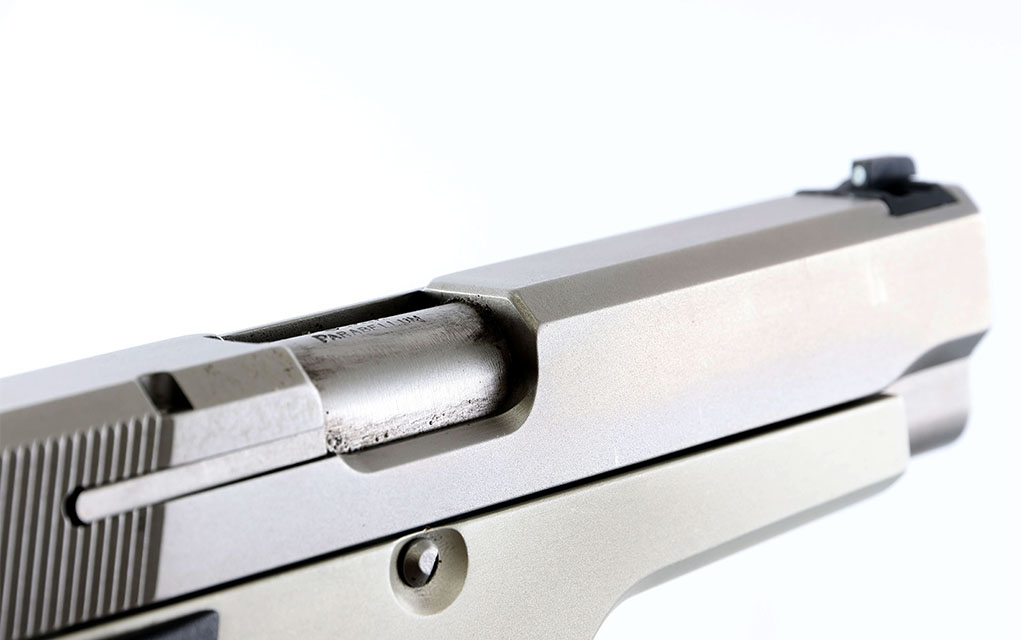
Unlike the Beretta and the Sig, which can be found almost exclusively in full-sized models, with aluminum frames, the S&W series can be found with steel (carbon/blued or stainless) or aluminum frames and blued or stainless slides. Also, compared to the other two, the M59 offered fixed or adjustable sight models, caliber variants and trigger options and were made in much larger numbers. Due to the slide-mounted safety, the M59 series has the same need to be aware of slide manipulation as you do with the Beretta.
The Price Of History
All three of these pistols can be had with some modern features, depending on when the one you’re looking at was made. The earliest variants will lack an accessory rail, so no light mount. Rails didn’t become common until the start of the 21st century. Later variants will have them in some instances, but not all, so you’ll have to learn offhand light use if you want illumination while using an early pistol.
All three are double-action pistols, so you’ll also have to learn to switch from the long initial double-action pull to the shorter single-action pull when shooting. This is made out to be a bigger hindrance than it really is by striker-fired advocates. National and international championships have been handily won by shooters using a DA pistol.
All three have been around long enough that there’s a lifetime supply of magazines already in existence and more still being made. In fact, they’ve been made for so long that you might even have to give used magazines a thorough going over to make sure the springs aren’t tired and not abused.
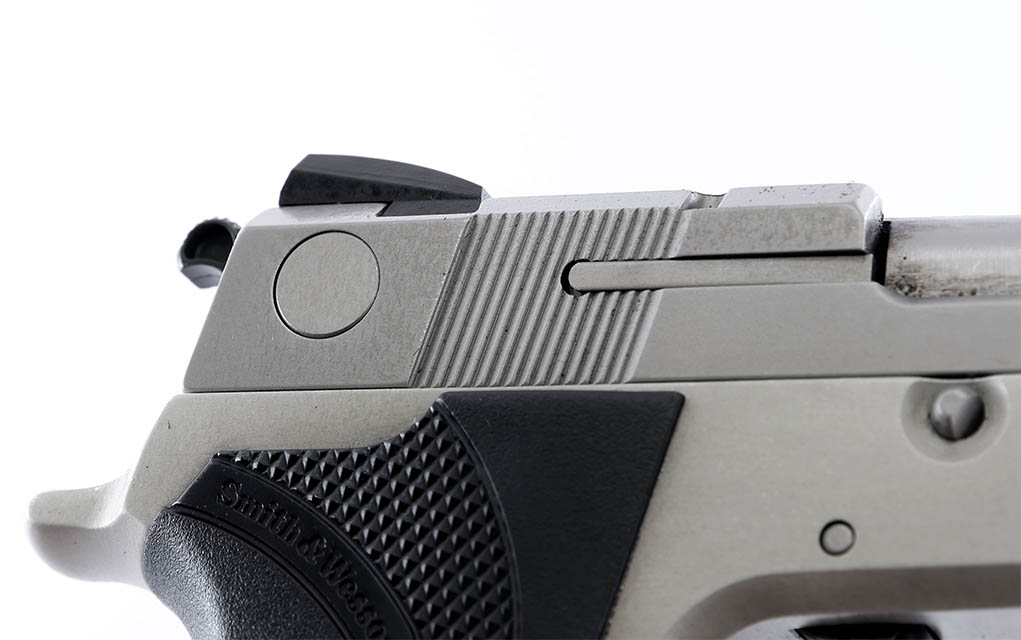
They’re known quantities, so if you find a real bargain of a buy with something like a rusted-out barrel, you can easily find a replacement barrel, drop it in and be good to go. The same for holsters, if you feel the need for one. If yours proves to be balky, there are many pistolsmiths who can solve reliability or assembly problems and get yours up and running.
As full-sized pistols, they’re all reliable, accurate and easy to shoot. You won’t find the recoil of 9mm to be problematic, although I’d avoid getting a variant of any of the three in .40 S&W. The .40 is a fine cartridge, the FBI notwithstanding, but it does have more recoil and will cost you magazine capacity. Compared to the 15 to 16 rounds of 9mm, you’ll get 10-11-12 rounds of 40 in the same tube. Now, if recoil isn’t a problem and you find an absolute steal at your local gun shop, by all means jump on a .40. Ammunition for it will continue to be made probably for the rest of your life. (I suspect the last run of .40S&W ammunition produced will happen at the end of the 21st century as a commemorative run or to satisfy some cranky old collectors.)
Last is cost. The Sig will always bring a premium, again due to SEALs. The Beretta has just been replaced by a new Sig, the P320, as the service pistol, but two generations of service members know it, and there’s also the movie connection: It’s seen on too many movies and TV shows to mention, but the biggies would be Lethal Weapon, Die Hard and Terminator 2. Every one of those to show up in the local gun store’s showcase will garner attention.
This leaves the S&W 59 series as the unloved but gold nugget of home defense. They’re everywhere, there seems to be no end of pistolsmiths who can work on them and S&W will still service one if you buy a broken one for $20. (It may cost 10 times that to rebuild it, but so what?)
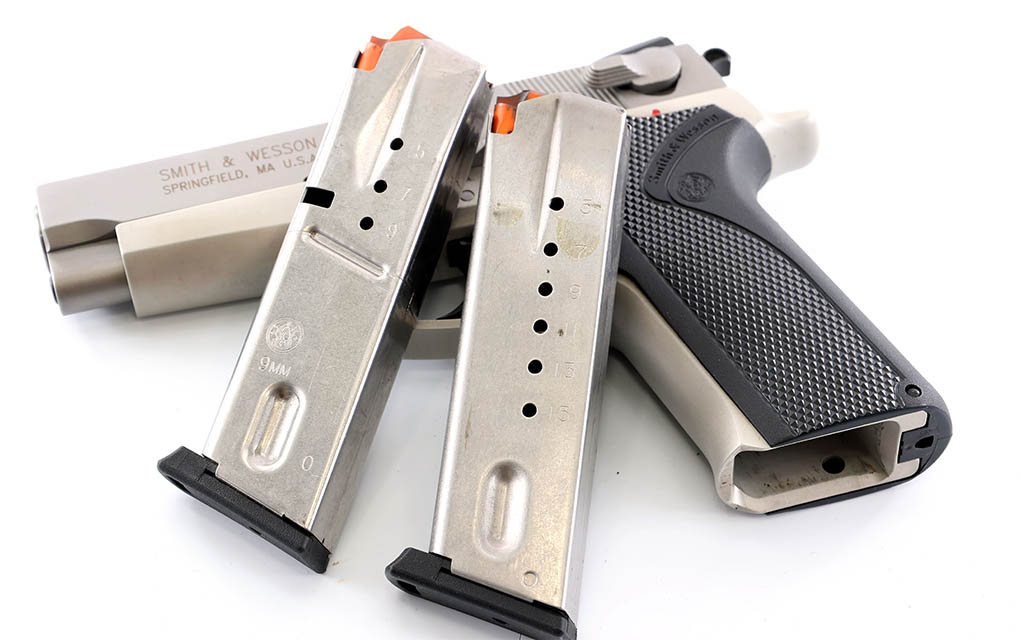
A Fork In Your Road
So, there you are, at your local gun store, looking over ordnances with a friend who is new to shooting. You can spring for the hot new model and have what everyone says you (or your friend will get) is “the best.” Or, you can get some classic iron, solid, dependable and inexpensive, and buy ammo and get some familiarization and practice with the cash left over.
You tell me: Which is better? The hottest thing and little or no practice or solid old school and a bigger practice budget? And remember, this will spend its time resting in your safe during the days and on the nightstand each night. Weight and concealability won’t matter. I thought so.
Editor's Note: This article originally appeared in the April 2024 issue of Gun Digest the Magazine.
More On Defensive Handguns:
- Beretta 80X Cheetah: Good Kitty Or Damn Pity?
- The Bull’s Eye: Taurus 856 Defender T.O.R.O. Review
- The Big Snake Is Back: 2021 Colt Anaconda Review
- Completely Customizable: Sig P320 Review
- Turkish Take On The Czech Classic: SAR 2000 Review

Next Step: Get your FREE Printable Target Pack
Enhance your shooting precision with our 62 MOA Targets, perfect for rifles and handguns. Crafted in collaboration with Storm Tactical for accuracy and versatility.
Subscribe to the Gun Digest email newsletter and get your downloadable target pack sent straight to your inbox. Stay updated with the latest firearms info in the industry.

![Best Concealed Carry Guns In 2025 [Field Tested] Wilson Combat EDC X9S 1](https://gundigest.com/wp-content/uploads/Wilson-Combat-EDC-X9S-1-324x160.jpg)


![Best 9mm Carbine: Affordable PCCs [Tested] Ruger Carbine Shooting](https://gundigest.com/wp-content/uploads/Ruger-Carbine-Shooting-100x70.jpg)
![Best AR-15: Top Options Available Today [Field Tested] Harrington and Richardson PSA XM177E2 feature](https://gundigest.com/wp-content/uploads/Harrington-and-Richardson-PSA-XM177E2-feature-100x70.jpg)
